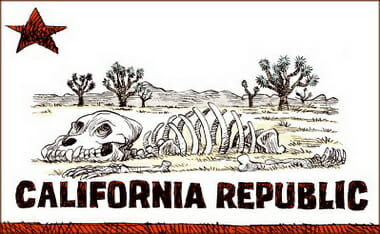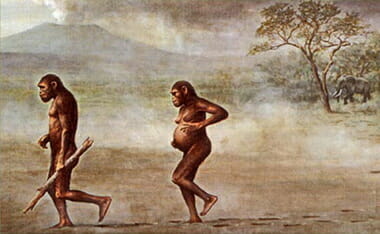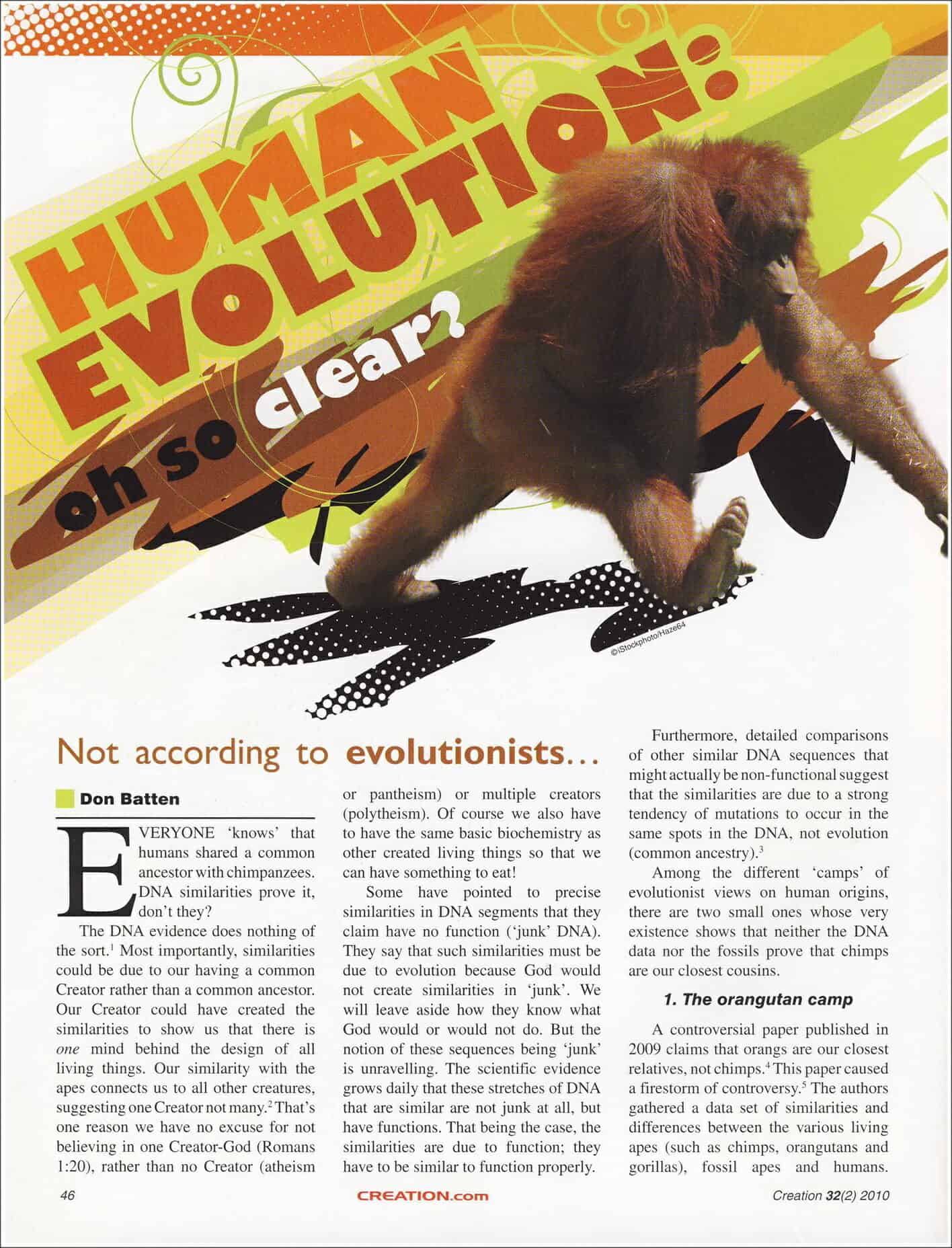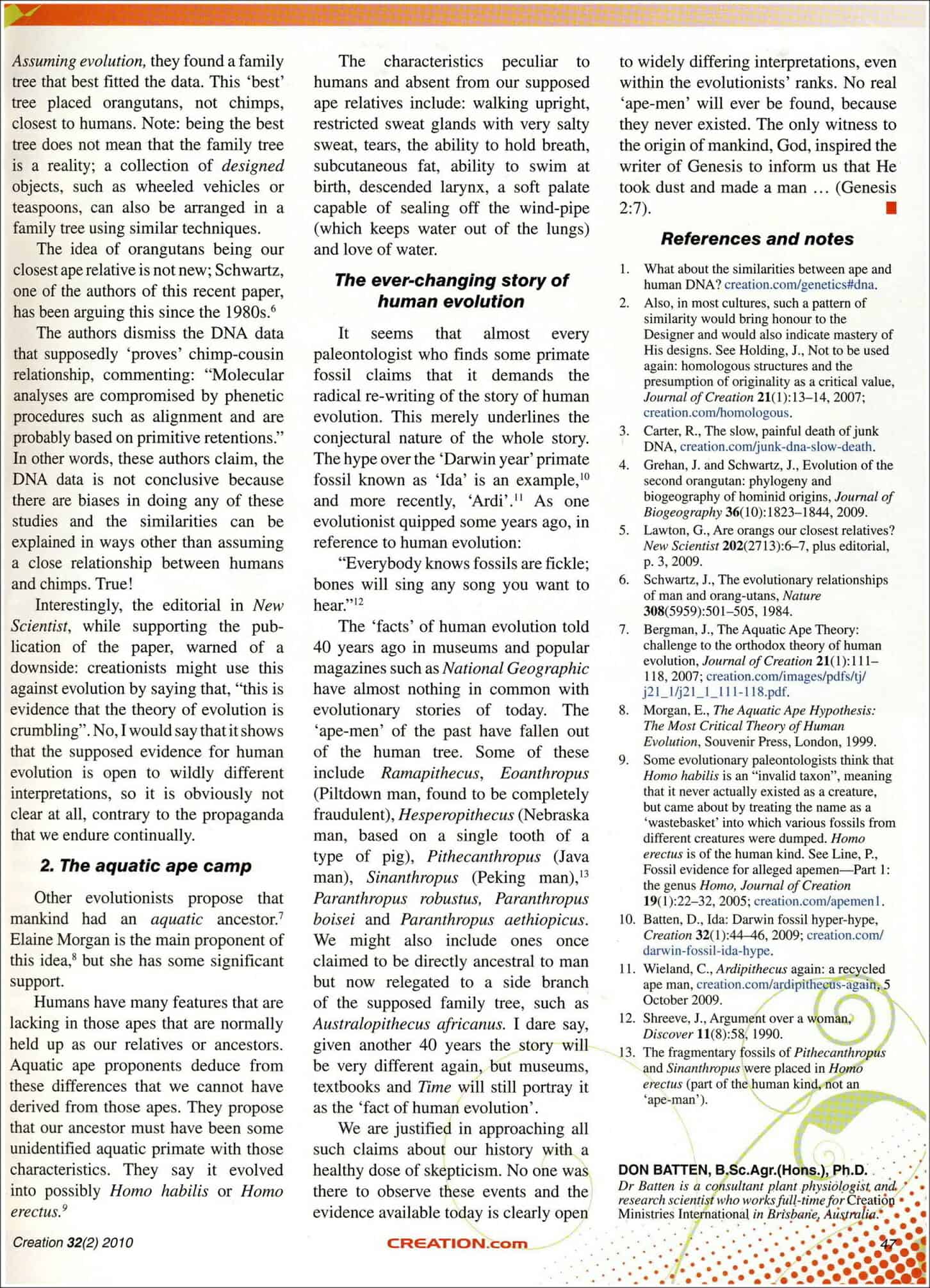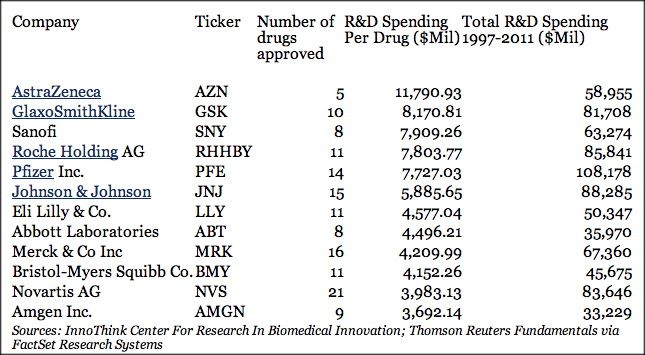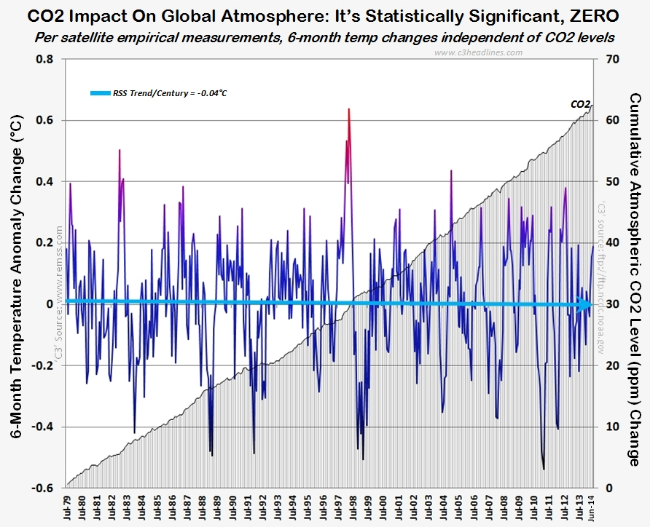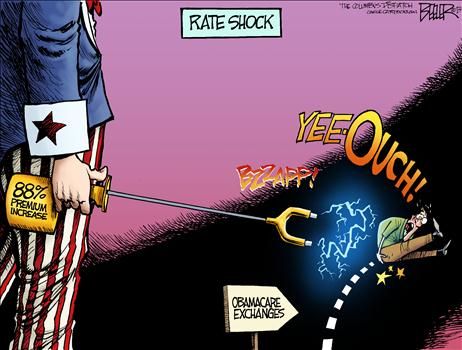The reason for bringing two older posts (2022 and 2021) together and combining them with this Forbes article about Trump’s promise is simple… the Republican base wants less government interference – that is me, the GOP base. The Democrat base wants increased government interference in our daily lives.
Why this “adding of the FORBES article” as a preface of these other posts?
I was asked on the way out of a gathering by a family friend over this past weekend “why I [she] should vote for Trump?” I believe the question COULD HAVE BEEN asked for varying reasons, and as I write a couple of them, keep in mind the opposite could be true:
- She is a diehard Democrat who is honestly is trying to understand the opposing view of almost half of the voting public. (Alternatively, she thinks that there is no foundation or good reason to vote for Trump and is trying to show the superiority of being “anti-racist” [in modern parlance] or progressive to the point that her vision of caring for the downtrodden is a way to “show up” [so-to-speak] the other side by being on the side of angels.);
- She is a life-long Democrat who sees the attacks on things such as free-speech and gender and is dismayed on how quickly the political culture of her party has changed and is struggling with where her vote should land. (Alternatively, she supports these agendas, whether in good faith or not [based on false agendas and political propaganda] and is dismayed by the Republican Party — which is defined with these ideas in mind:
sexist, intolerant, xenophobic, homophobic, Islamophobic, racist, bigoted (S.I.X.H.I.R.B.)
HILLARY’S version:
- “You know, to just be grossly generalistic, you could put half of Trump’s supporters into what I call the basket of deplorables. Right? The racist, sexist, homophobic, xenophobic, Islamophobic—you name it. And unfortunately, there are people like that. And he [Trump] has lifted them up.”
- Etc, etc.
I think, as human beings – me included – are as complicated as the day is long and we battle many influences and experiences and habits… it would be in some measure a combination of all of the above and much more. I carry many prejudices and experiences that I try to temper with faith, accountability, and checking myself through reading and discussion [putting my viewpoint out in the public to be peer reviewed – sorta].
The largest difference I can point out between her political and economic viewpoint vs. my demographic of religiously conservatarianism is that she thinks mankind and men/women in general are good people… and I believe they are corrupted and fallen in the real sense of original sin.
These two opposite views come out in different senses, say, economics by way of example. Keynsian Economics, the guiding principle founder of much of the Democrat Party’s direction of their economic planning:
John Maynard Keynes hailed the Soviet Union in a 1936 radio interview as,
“engaged in a vast administrative task of making a completely new set of social and economic institutions work smoothly and successfully.”
And in a preface he wrote to the 1936 German edition of his General Theory of Employment, Interest, and Money, Keynes stated that his economic theory,
“is much more easily adapted to the conditions of a totalitarian state” than to “conditions of free competition and a large measure of laissez-faire.” (this quote and the above is from James Bovard’s book Freedom in Chains: The Rise of the State and the Demise of the Citizen, pp. 14,20,21)
Another Keynes quote lets the individual in on the result of his theories, which most nations use (i.e., central banking; e.g., the Federal Reserve Bank):
“By a continuous process of inflation, governments can confiscate, secretly and unobserved, an important part of the wealth of their citizens. By this method, they not only confiscate, but they confiscate arbitrarily; and while the process impoverishes many, it actually enriches some . . .. The process engages all of the hidden forces of economic law on the side of destruction, and does it in a manner that not one man in a million can diagnose.” (Partially quoted from Money Mischief: Episodes in Monetary History, by Noble Prize holder in economics, Milton Friedman.)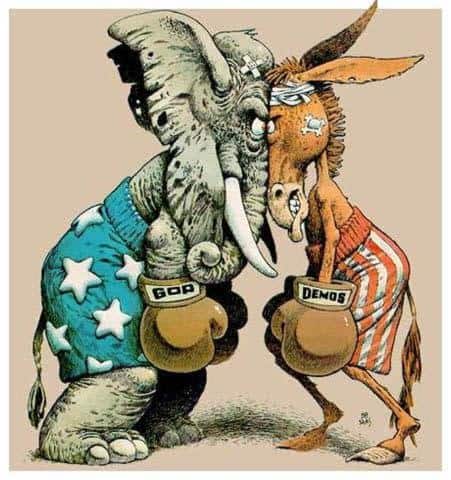
This last quote is what happens with Keynesian economics! An unseen taxation of citizens, on top of normal taxation.
Versus
According to Adam Smith, it is when the businessman “intends only his own gain” that he contributes— via the process of competition— to promote the social good “more effectually than when he really intends to promote it.” Smith added: “I have never known much good done by those who affected to trade for the public good.”
Adam Smith, An Inquiry into the Nature and Causes of the Wealth of Nations (New York: Modern Library, 1937), p. 423; from, Thomas Sowell, A Conflict of Visions: Ideological Origins of Political Struggles (New York, NY: basic Books, 2007), 57.
I can imagine no man who will look with more horror on the End than a conscientious revolutionary who has, in a sense sincerely, been justifying cruelties and injustices inflicted on millions of his contemporaries by the benefits which he hopes to confer on future generations: generations who, as one terrible moment now reveals to him, were never going to exist. Then he will see the massacres, the faked trials, the deportations, to be all ineffaceably real, an essential part, his part, in the drama that has just ended: while the future Utopia had never been anything but a fantasy.
C.S. Lewis, The World’s Last Night, p. 131.
Of all tyrannies, a tyranny exercised for the good of its victims may be the most oppressive. It may be better to live under robber barons than under omnipotent moral busybodies. The robber baron’s cruelty may sometimes sleep, his cupidity may at some point be satiated; but those who torment us for our own good will torment us without end for they do so with the approval of their own conscience. They may be more likely to go to Heaven yet at the same time likelier to make a Hell of earth. Their very kindness stings with intolerable insult. To be ‘cured’ against one’s will and cured of states which we may not regard as disease is to be put on a level of those who have not yet reached the age of reason or those who never will; to be classed with infants, imbeciles, and domestic animals.
- S. Lewis, God in the Dock, p. 292.
My own affections have been deeply wounded by some of the martyrs to this cause [the French Revolution], but rather than it should have failed, I would have seen half the earth desolated.
Thomas Jefferson, Letter of January 3, 1793, The Portable Thomas Jefferson, ed. Merrill D. Peterson (New York: Penguin Books, 1975), p. 465; from, Thomas Sowell, A Conflict of Visions: Ideological Origins of Political Struggles (New York, NY: basic Books, 2007), 29.
Simply put, one side thinks mankind can qualitatively guide by elitism our economy and lives, whereas the other side does not. “The larger the government the smaller the individual.”
So, with this unnecessarily long introduction, let us get into the FORBES article:
Bookending four years of its infamous one-in, two-out requirement for issuing significant new regulations, the Trump administration quietly just released its status roundup called “Regulatory Reform Results for Fiscal Year 2020.”
According to the administration, agencies in the 2020 fiscal year issued 145 deregulatory actions and 45 significant regulatory actions, for an out-to-in ratio of 3.2 to one.
Of those deregulatory actions, 58 were deemed “significant” by agencies and the administration. Comparing significant-in to significant-out still gives a ratio of 1.3 to one.
[….]
The overall ratio for the entire four-year stretch is 2.5 to one. And since rules considered non-significant may be used to offset significant rules added per E.O. 13,771, the ratios are actually better, as each year’s respective roundup at the White House shows.
We are not engaging here the debates over whether the cuts in regulations are genuinely highly significant or overblown. Employing different methodologies, the Council of Economic Advisers for its part estimated far more savings from a separate set of Trump-era reforms than the OMB’s year-end reports have claimed.
But nor does this survey address the warning signs of Trump’s own regulatory actions taken, sometimes of the sort that do not appear in White House Office of Management and Budget compilations. Examples include antitrust regulation, regulation of online content (or the pursuit of it), federal guidance on artificial intelligence, trade restrictions and more. These are capable of swamping regulatory savings.
Note also that E.O. 13771 did not apply to non-significant rules added (although in the year-end updates and in the new Unified Agenda editions, these “Regulatory” actions were also identified). Nor did the Trump order apply to rules mandated by Congress as opposed to ones driven by agency discretion; nor to rules from the so-called independent agencies like the Federal Communications Commission and the Consumer Financial Protection Bureau.
In any event, the leading edge of the one-in, two-out has been the claimed capping of spending rather than the ratio of cuts to additions. Criticisms notwithstanding, other presidents have not implemented a program as ambitious as Trump’s.
We know the generation of new regulations dropped significantly under Trump. But in terms of rollbacks, it would naturally become harder for an administration acting alone (with no help from Congress) to pick the “significant deregulatory action” fruit over time capable of generating rapid rule and cost rollbacks. Major rollbacks like those involving Clean Power Plan and Waters of the United States rules entail years of public consultation, writing, and legal challenges.
So, for the record and for posterity, Table 1 below presents the inventory of the significant regulatory actions eliminated by the Trump administration per E.O. 13,771, broken down by agency as derived from the administration’s fiscal year 2020 chart. Table 2 presents the significant regulations added….
So, was it as “successful” as Trump said or hoped it to be.
No.
Sounds like a politician or contractor to me – no surprise there.
Was it successful in shrinking control over the American business man/woman?
Yes….
which leads into why we should all want to shrink the role of government in our every-day lives:
TWO OLDER POSTS
Here are the two articles mentioned in the below audio by Armstrong and Getty (Hour 1 Thursday, and Hour 3 – same day):
- America’s Welfare State Is on Borrowed Time — Biden has fully embraced the mad goal of giving 98% of the population lavish benefits at no cost. (WALL STREET JOURNAL | THE RED LINE [no pay wall])
- Democrats Are Killing the American Dream — Joe Biden’s American Families Plan replaces individual striving with middle class entitlements. (WALL STREET JOURNAL | BLACK REPUBLICAN)
REASON.COM has been on fire as of late:
The Era of Small Government Is Over — Is there any hope to check the growth of the state?
- New Jobs Report Shows the Government Gets the Unemployment It’s Paying For
- Biden’s $2 Trillion Infrastructure Bill Will Hurt the Environment
- More Than 300 Manufacturers Just Asked Biden To Repeal Trump’s Steel Tariffs as Prices Skyrocket
- Biden Is Using the Pandemic as an Excuse for Permanent Expansions of Government Power
[….]
If You Want To Fix the Country, Devolve Power — Revived federalism is a start, but it doesn’t go far enough.
- To Avoid More Political Violence, Allow Americans To Escape Each Other’s Control
- Pandemic Lockdown Battles Offer Glimpses of Political Conflicts to Come
- More Than A Dozen States Are Trying To Nullify Federal Gun Control
[….]
Since the start of the Covid crisis, the American economy has been turned on its head. Times are good for the big guys — Big Business and Big Government. But what about for the small business owner, the personification of the American dream? Carol Roth discusses Crony Corporatism/Capitalism and is the author of, “The War on Small Business: How the Government Used the Pandemic to Crush the Backbone of America“
UPDATED my “BAM! What Is Crony Capitalism“ with this Prager U video.


